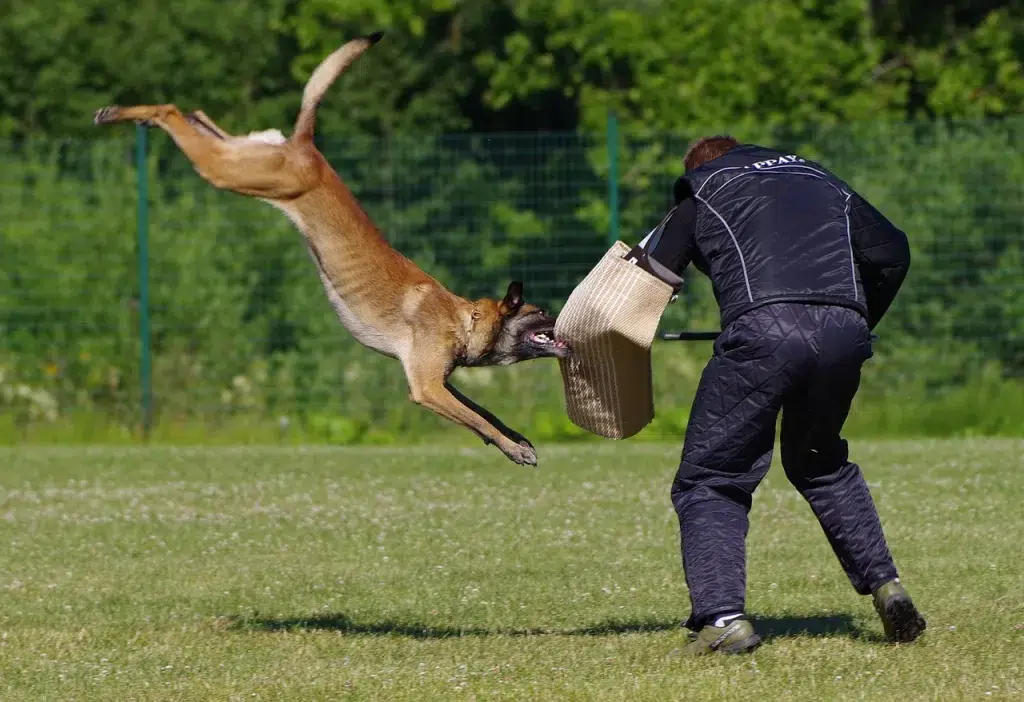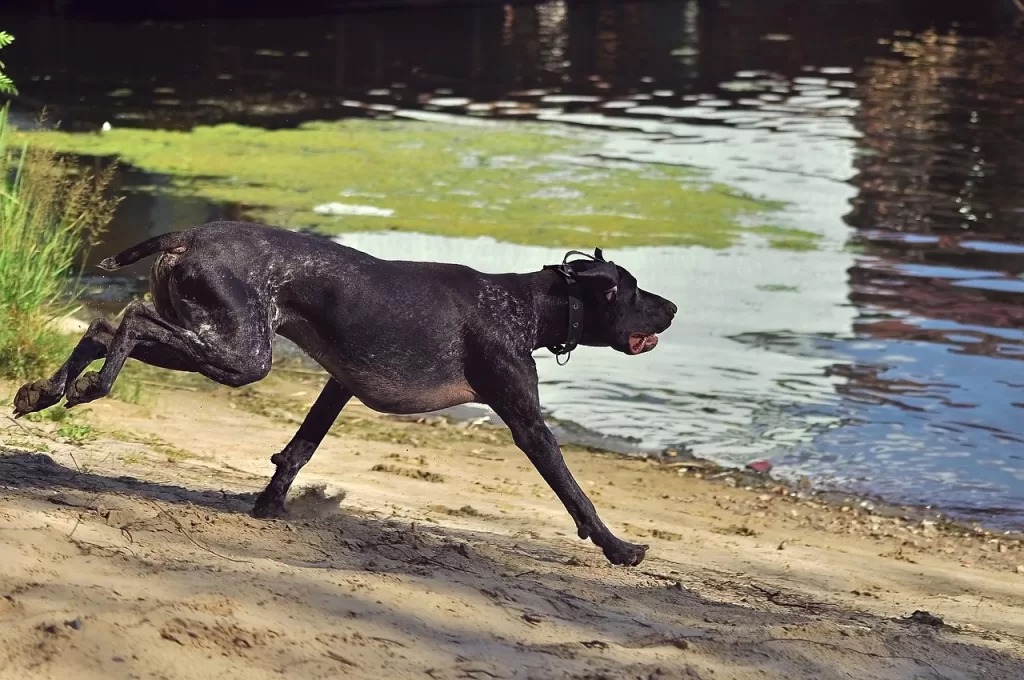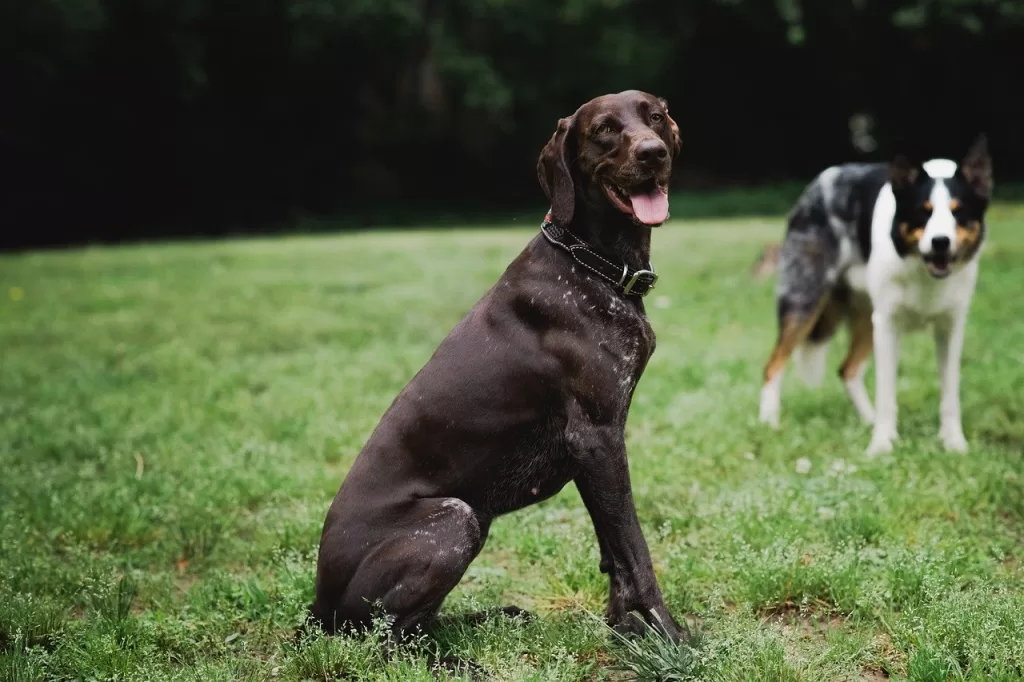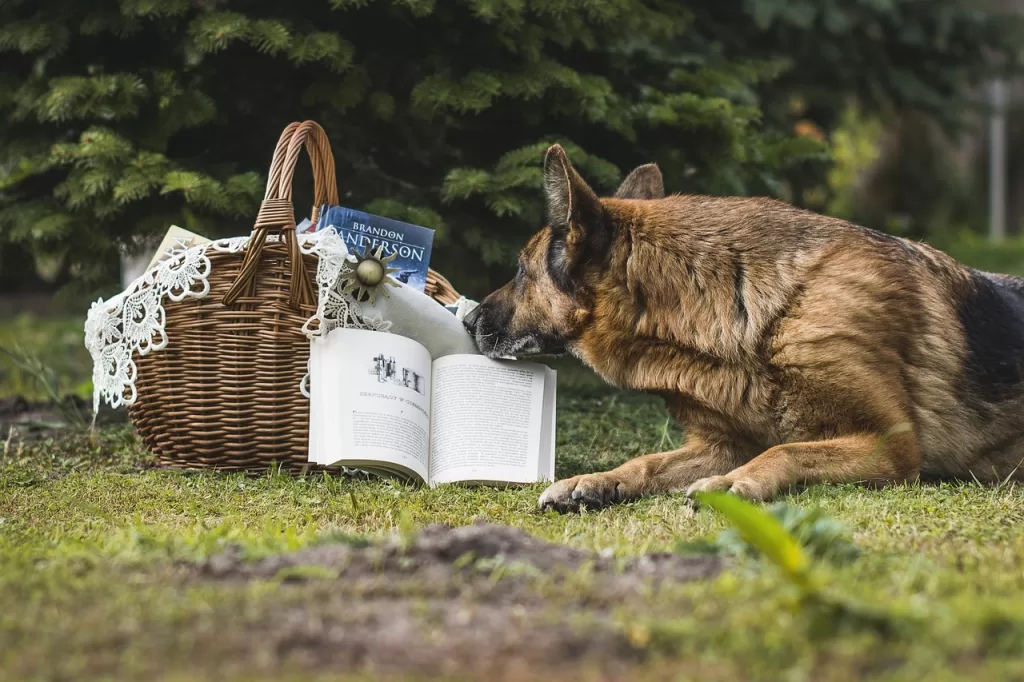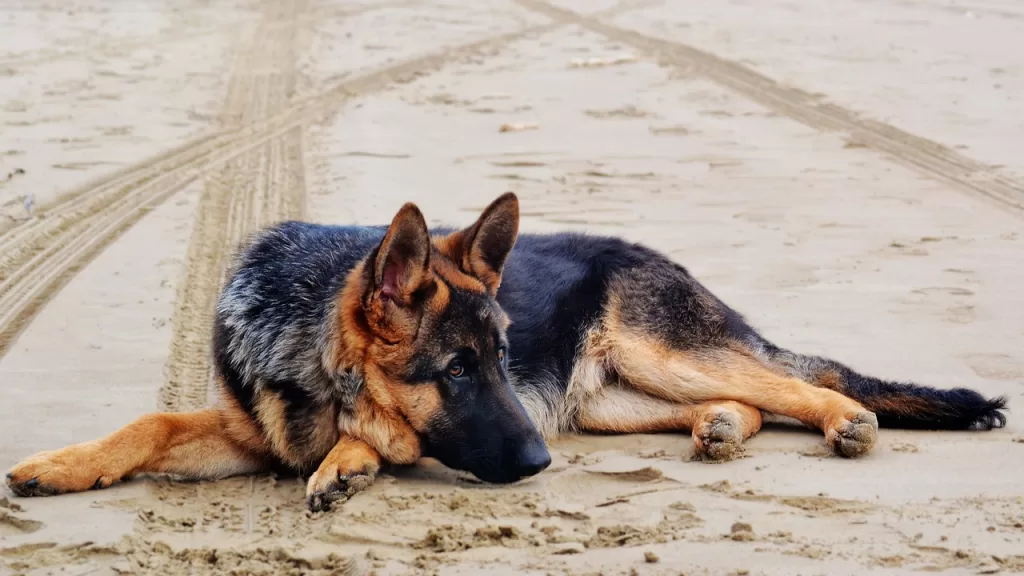Training Your Dog to Stay Calm During Grooming Sessions
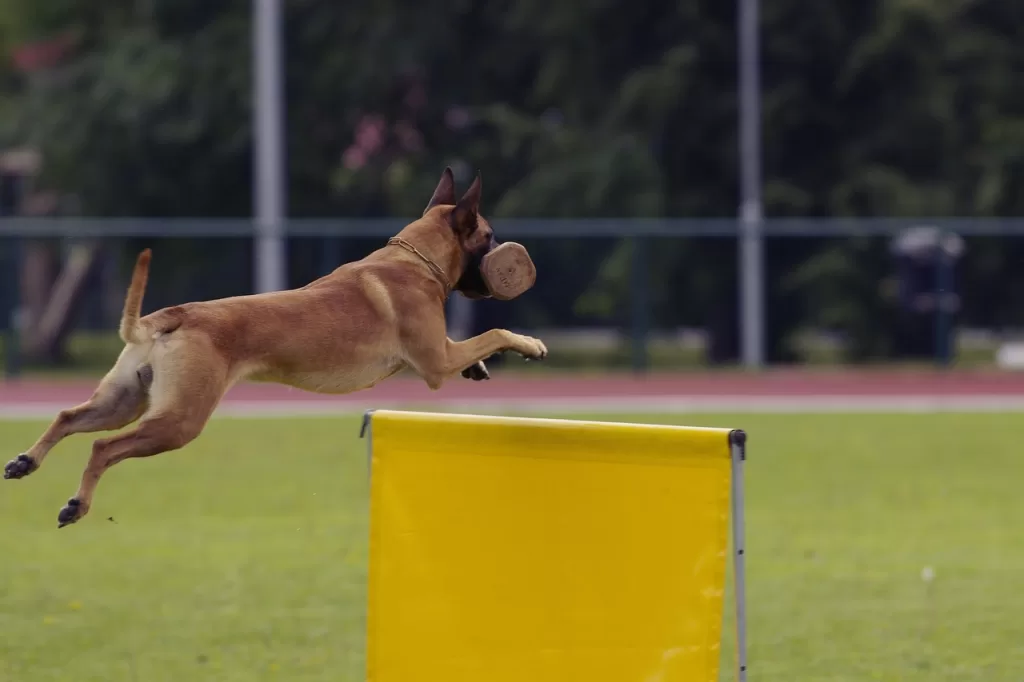
Introduction:
Grooming is an essential part of responsible pet ownership, but for some dogs, it can be a stressful and anxiety-inducing experience. As a pet owner, you want your furry companion to feel comfortable and relaxed during grooming sessions. Fortunately, with patience, positive reinforcement, and consistent training, you can teach your dog to stay calm and even enjoy their grooming time. In this blog, we will discuss effective techniques to help your dog stay calm during grooming sessions, making the process smoother and more enjoyable for both of you.
1. Start Early and Gradually:
Early socialization is crucial for dogs to develop positive associations with grooming. If you have a puppy, introduce them to grooming tools (brush, comb, nail clippers, etc.) in a non-threatening way. Let your pup sniff and explore the tools while offering treats and praise to create a positive connection.
2. Desensitize to Grooming Tools:
Gradually expose your dog to grooming tools by showing them the tools, letting them sniff, and rewarding them for calm behavior. Repeat this process over several short sessions to build familiarity and reduce fear or anxiety related to the tools.
3. Create a Calm Environment:
Set the stage for successful grooming sessions by creating a calm environment. Choose a quiet, well-lit area and eliminate any distractions. Make sure the room is at a comfortable temperature, and keep other pets away during grooming to avoid tension between animals.
4. Positive Reinforcement:
Positive reinforcement is one of the most effective training methods. Reward your dog with treats, verbal praise, or gentle petting when they display calm behavior during grooming. Associating grooming with positive experiences will motivate your dog to remain relaxed.
5. Take Baby Steps:
Take grooming one step at a time. If your dog gets anxious during a full grooming session, break it down into smaller tasks. Start with brief sessions and gradually increase the duration as your dog becomes more comfortable.
6. Touch Sensitivity Exercises:
Get your dog accustomed to being touched all over their body, including sensitive areas like paws, ears, and belly. Gently touch these areas and reward your dog for not reacting negatively. Gradually increase the intensity of touch to mimic grooming actions.
7. Desensitize to Sounds:
Grooming tools often produce unfamiliar sounds that can startle dogs. Desensitize your pet by introducing them to the sound of clippers, scissors, or a hairdryer. Start with the tool turned off, then gradually turn it on while rewarding your dog for staying calm.
8. Remain Calm and Patient:
Dogs are highly attuned to their owners’ emotions. If you are anxious or impatient during grooming, your dog will pick up on it and become stressed as well. Stay calm, patient, and understanding throughout the grooming process.
9. Short and Positive Sessions:
Keep grooming sessions short, especially in the beginning. It’s better to have frequent, positive experiences than prolonged, stressful ones. As your dog becomes more comfortable, you can gradually extend the grooming time.
10. Seek Professional Help if Needed:
If your dog’s anxiety persists or becomes severe, consider seeking help from a professional dog trainer or a veterinarian who specializes in behavior. They can provide personalized guidance and techniques to address your dog’s specific needs.
Conclusion:
Training your dog to stay calm during grooming sessions requires time, patience, and positive reinforcement. By starting early, introducing grooming tools gradually, and maintaining a calm environment, you can help your dog overcome anxiety and learn to enjoy the grooming process. Remember, grooming should be a positive bonding experience for you and your furry friend, so focus on creating a nurturing and stress-free environment. With consistent training and lots of love, your dog will be looking forward to grooming time in no time!
Training Your Dog to Stay Calm During Grooming Sessions Read More »

